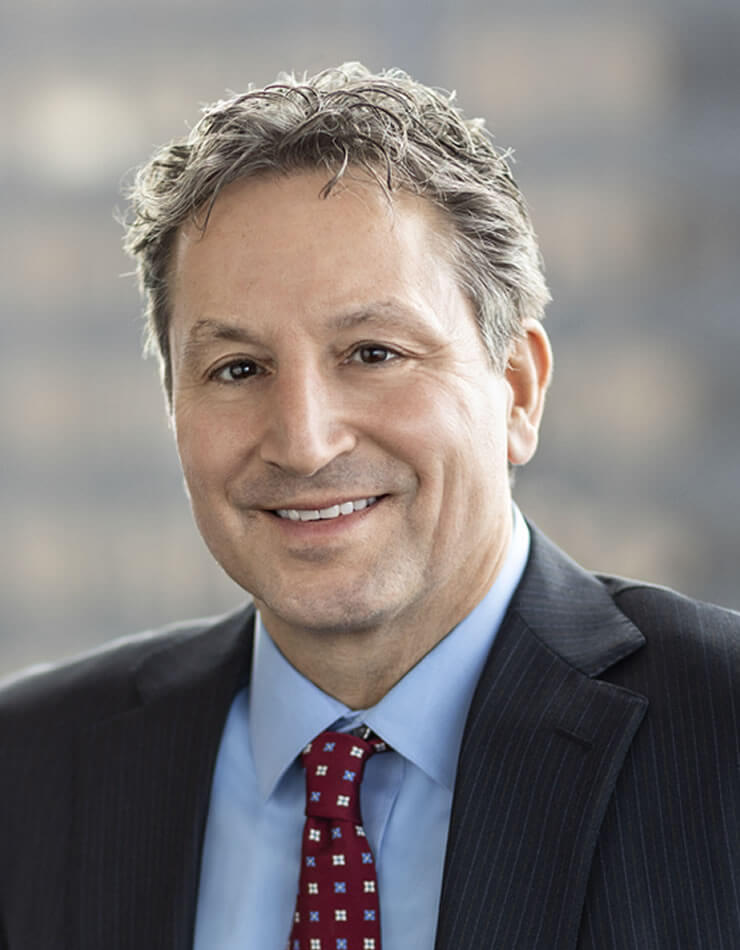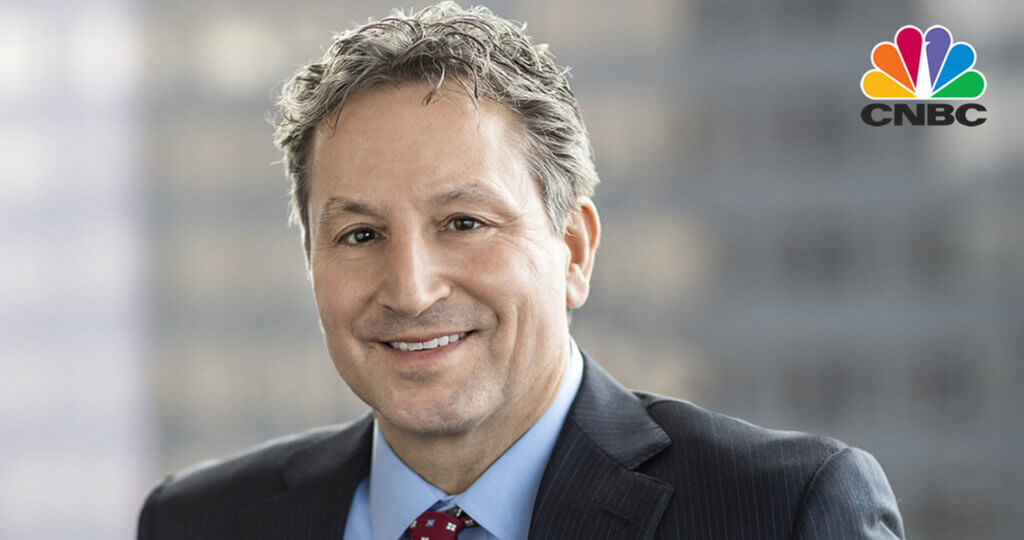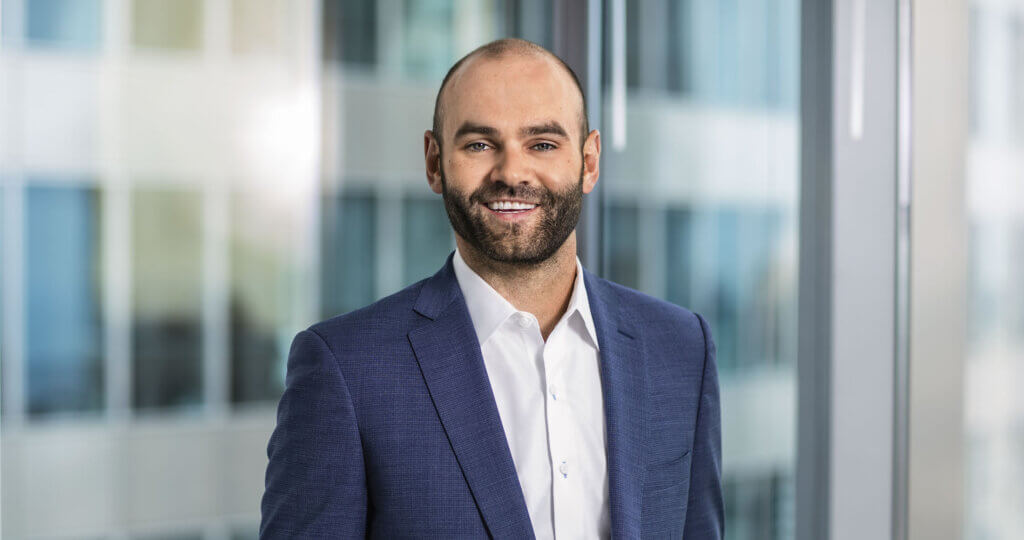Oakmark Global Fund – Investor Class
Average Annual Total Returns 06/30/17
Since Inception 08/04/99 10.33%
10-year 4.78%
5-year 12.00%
1-year 31.46%
3-month 4.31%
Gross Expense Ratio as of 09/30/16 was 1.17%
Past performance is no guarantee of future results. The performance data quoted represents past performance. Current performance may be lower or higher than the performance data quoted. The investment return and principal value vary so that an investor’s shares when redeemed may be worth more or less than the original cost. To obtain the most recent month-end performance data, view it here.
Why A Global Fund?
Investors today have literally thousands of options when considering where to place their long-term assets. Index funds, specialized exchange traded funds (ETFs) and mutual funds in many varieties all clamor for investors’ attention. So, why do we think that a value-based, all-capitalization global fund is worthy of your consideration? Value investing is a discipline that has stood the test of time. Combining its virtues with the flexibility inherent in an all-cap global fund offers the potential to identify and exploit undervalued securities wherever they may be found, and that is our intention for Oakmark Global.
The Oakmark Global Fund’s three-month return was 4.3%, which compares to the MSCI World Index 4.0% return during the period and the Lipper Global Fund Index’s gain of 4.6%. For the first six months of 2017, the Fund gained 12.2%, which contrasts to 10.7% for the MSCI World Index and 11.9% for the Lipper Global Fund Index. For the Fund’s fiscal year, which began October 1, 2016, the returns are 20.8% for the Fund, 12.7% for the MSCI World Index and 14.2% for the Lipper Global Fund Index. Since inception in 1999, the Fund has achieved a compound annual rate of return of 10.3%, which compares to 4.5% for the MSCI World Index and 5.3% for the Lipper Global Fund Index.
The U.S., the U.K. and Germany contributed most to the Fund’s return in the quarter, while Australia, Mexico and Japan detracted from return. The five largest contributors to Fund return in the quarter were CNH Industrial (U.K.), Citigroup (U.S.), Lloyds Banking Group (U.K.), Allianz (Germany) and Alphabet (U.S.). The Fund holdings that detracted most were National Oilwell Varco (U.S.), Incitec Pivot (Australia), USG (U.S.), Toyota Motor (Japan) and Grupo Televisa (Mexico).
For the first six months of 2017, the U.S., the U.K. and Germany contributed most to investment return, while Japan was the only detractor. The leading contributors were CNH Industrial, Allianz, Oracle (U.S.), Lloyds Banking Group and Alphabet. The largest detractors were Toyota Motor, National Oilwell Varco, Arconic (U.S.), CarMax (U.S.) and Daiwa (Japan).
For the fiscal nine months, the U.S., the U.K. and Switzerland contributed most to return while Mexico was the only country that detracted. The equities that contributed most were CNH Industrial, Bank of America (U.S.), Citigroup, Allianz and Lloyds. The most significant detractors were Tenet Healthcare (U.S.), Toyota Motor, National Oilwell Varco, Arconic and Grupo Televisa.
Country Classification
In June, MSCI announced that it was adding mainland Chinese stocks to its emerging markets index. We would guess that many investors thought this had been done long ago—China is the world’s second largest economy, after all. But certain processes take considerable time. MSCI’s definitions focus on corporate governance, as well as market and institutional development, and they place less emphasis on economic factors. In any event, this has promoted considerable discussion and some activity as benchmark-sensitive investors prepare for this change.
Of course, we are not benchmark-oriented investors, so MSCI’s actions do not inspire any action on our part. We focus on corporate governance and the domicile country rule of law when we consider whether to invest in a foreign security. We always wish to treat our investors’ hard-earned money with the greatest respect, and to that end we attempt to invest only in markets that we believe will protect investors from capricious or nefarious actions.
Financial Times columnist John Authers recently wrote a piece describing what he called a “taxonomy that divides investment markets into nine different governance regimes.” This is credited to JP Smith of the Ecstrat consultancy. We don’t endorse all of Smith’s distinctions or country placements, but this structure can be a useful template when evaluating different international investment alternatives.
For our purposes, Smith’s first three categorizations are the most valuable. He defines “liberal” countries as those with transparent markets with separate ownership and control, and a domestic base of investors who prioritize returns. The second group he calls “co-ordinated” where corporate control lies with shareholders who own large blocks of stock. The third group he calls “network” where companies obtain most financing from other companies, banks or families within their network. The remaining six classifications go from “hierarchical” to “disrupted,” and imply ever-decreasing degrees of non-domestic investor protections.
As we have written many times, investing with corporate managers who think and act as owners is a vital part of our investing discipline. And we attempt to invest with managers who treat their shareholders as their partners. As we travel down Smith’s country categorization, it becomes ever more difficult to identify companies that meet our investing demands. Over time, countries can move from one category to another, and it is important for us to be attuned to such developments. Columnist Authers writes that Smith’s “sub-divisions are more useful than a sweeping division of the world into developed, emerging and ‘frontier.’” Probably so, but for us the key consideration is whether the potential investment truly and fairly respects the Fund’s clients. If we can answer that with a strong “yes,” then its classification is fairly unimportant.
Portfolio Activity
We did not initiate any new purchases for the Fund in the quarter. Our one elimination was Samsung, the South Korean technology company. As Samsung’s shares approached our sell target, we sold the name to increase our investment in more attractively priced issues. We note that Samsung’s shares performed particularly well in our view given the unfortunate problem that developed with the company’s Note 7 smartphone.
Our country weights moved very little in the quarter aside from our exit from South Korea. The Fund remains underweight the U.S. relative to the MSCI World Index, as it has for several years. Previously the stronger relative performance of U.S. equities meant that this weighting had detracted from the Fund’s relative performance, but in 2017 this has reversed. As always, we do not invest with the benchmark in mind and instead go where we find the most attractive, undervalued equities. The U.K., Germany and Switzerland are the Fund’s greatest overweights versus the Index.
We continued to believe some currencies are overvalued. As of quarter end, approximately 11% of the Swiss franc exposure was hedged. We no longer hedge the Fund’s Australian dollar exposure because we believe the currency is near fair value.
At the beginning of this letter, we briefly described the case for all-cap global funds. In closing, we should state that we find this form of investing to be invigorating and energizing. Simply put, managing the Global Fund is fun! We thank you for giving us the opportunity to invest in this fashion. Please feel free to contact us with your questions or comments.
The securities mentioned above comprise the following percentages of the Oakmark Global Fund’s total net assets as of 06/30/17: CNH Industrial N.V. 3.8%, Citigroup, Inc. 4.2%, Lloyds Banking Group PLC 5.0%, Allianz SE 4.5%, Alphabet Inc., Class C 4.3%, National Oilwell Varco, Inc. 1.6%, Incitec Pivot, Ltd. 2.8%, USG Corp. 1.9%, Toyota Motor Corp. 5.0%, Grupo Televisa SAB 2.4%, Oracle Corp. 3.4%, Arconic, Inc. 1.1%, CarMax, Inc. 1.8%, Daiwa Securities Group, Inc. 0.9%, Bank of America Corp. 4.4%, Tenet Healthcare Corp. 1.3%, Ecstrat, Ltd. 0% and Samsung Electronics Co., Ltd. 0%. Portfolio holdings are subject to change without notice and are not intended as recommendations of individual stocks.
Click here to access the full list of holdings for the Oakmark Global Fund as of the most recent quarter-end.
The MSCI World Index (Net) is a free float-adjusted, market capitalization-weighted index that is designed to measure the equity market performance of developed markets. This benchmark calculates reinvested dividends net of withholding taxes using Luxembourg tax rates. This index is unmanaged and investors cannot invest directly in this index.
The Lipper Global Fund Index measures the performance of the 30 largest mutual funds that invest in securities throughout the world. This index is unmanaged and investors cannot invest directly in this index.
The quote by John Authers is taken from his May 3, 2017 Financial Times article titled, “An Investment Taxonomy That Actually Makes Sense”.
The Fund’s portfolio tends to be invested in a relatively small number of stocks. As a result, the appreciation or depreciation of any one security held by the Fund will have a greater impact on the Fund’s net asset value than it would if the Fund invested in a larger number of securities. Although that strategy has the potential to generate attractive returns over time, it also increases the Fund’s volatility.
Investing in foreign securities presents risks that in some ways may be greater than in U.S. investments. Those risks include: currency fluctuation; different regulation, accounting standards, trading practices and levels of available information; generally higher transaction costs; and political risks.
The percentages of hedge exposure for each foreign currency are calculated by dividing the market value of all same-currency forward contracts by the market value of the underlying equity exposure to that currency.
The discussion of the Fund’s investments and investment strategy (including current investment themes, the portfolio managers’ research and investment process, and portfolio characteristics) represents the Fund’s investments and the views of the portfolio managers and Harris Associates L.P., the Fund’s investment adviser, at the time of this letter, and are subject to change without notice.
All information provided is as of 06/30/17 unless otherwise specified.






